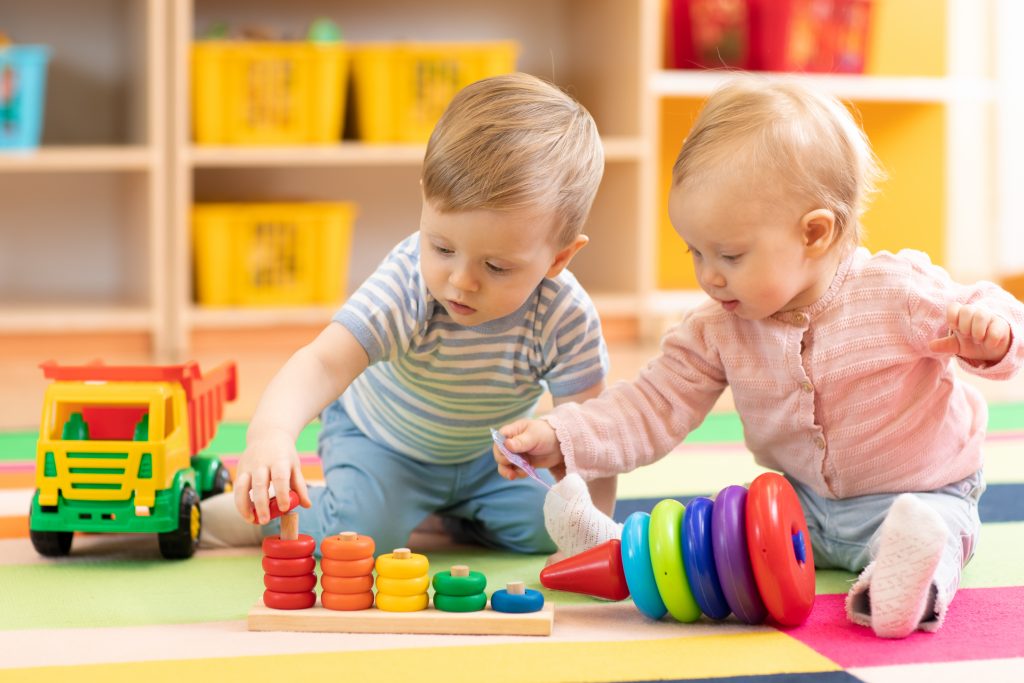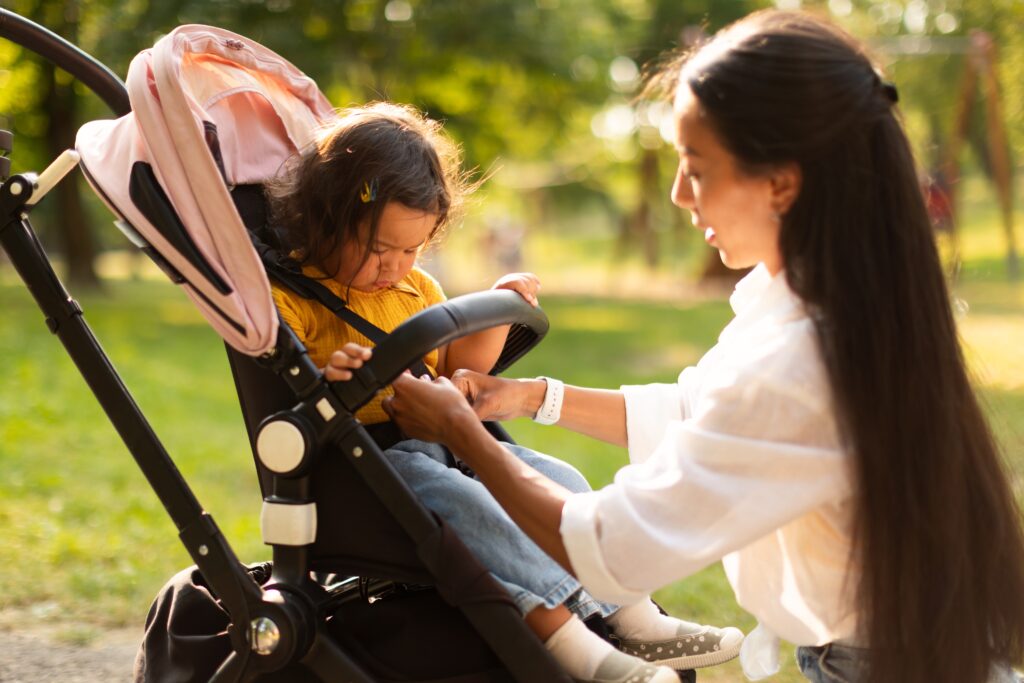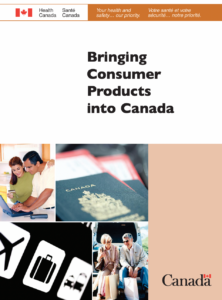Survey results show that most Canadians believe that, if a product is available for sale, it is safe or has been tested for safety. But this is not always the case in Canada, particularly for children’s products. In fact, many consumer products, including many children’s products, do not have to meet any standards or regulations.
The result is an increasing risk of product-related injuries to children and youth due to their age, cognitive abilities and developmental stage. Injuries from the use of consumer products are common, often serious and sometimes fatal.
Regulation of products in Canada
The federal government’s Canada Consumer Product Safety Act, created in 2010, is meant to protect the public by addressing or preventing dangers to human health or safety posed by consumer products in Canada. Says the act’s summary: It “applies to suppliers of consumer products in Canada, including manufacturers, importers, distributors, advertisers and retailers.”
Health Canada and consumer product safety
Health Canada provides information and services on incident reporting, recalls and alerts, cosmetic information, product safety education and consumer product requirements. On the Consumer Products and Cosmetics website, you can:
- Check for product recalls. The website lists products recalled by the manufacturer due to concerns with safety.
- Find more information on the safety and requirements of consumer products.
- Report an incident where a consumer product or cosmetic caused an injury. Anyone can report an incident from a consumer product; it is voluntary. The more people who report, with more complete information, the more that informs actions that can be taken.
- Report an unsafe product if you are shopping and see a product you think is a concern or is banned, such as yo-yo balls or baby walkers.
Child product safety
Not all children’s products are regulated in Canada.
Examples of children’s products that are not regulated but pose a safety concern are bath seats, trampolines and bunk beds. However, there are national regulations for products such as cribs, strollers, baby gates and playpens.
Toys sold in Canada must meet specific safety requirements, intended to protect children from injuries and deaths.

- Toys intended for children less than three years of age cannot be sold in Canada if they are small or contain small parts as they may pose as choking hazards.
- Toys must also be free of sharp edges or points.
Check out Parachute’s tips on choosing safe toys for playtime.
Be cautious when buying, accepting, sharing or disposing of second-hand products.
Check that the product:
- is in good condition
- has labels that will tell you what standard the product meets (if applicable)
- has an expiry date or manufacture date
- has not been recalled
Be careful using after-market add-ons.
For products that have a standard or a regulation, they are tested in original condition, meaning that they are not tested with any after-market products that may affect the way the product functions.
Shopping online and cross-border purchases.
To avoid safety issues, before buying:
- choose reputable sellers that you’ll be able to reach out to if there is a concern with the product
- check the product hasn’t been recalled or is prohibited (banned) for sale in Canada
- check for product warnings and age recommendations
- know who you’re buying from
Baby walkers are banned in Canada.
The ban applies to the sale of both new and second-hand baby walkers, and modified baby walkers with the wheels removed. Parents who own a baby walker should stop using it. Before disposing of the baby walker, cut the seat and remove the wheels.
Currently, there are no Canadian bunk bed standards.
Parents are strongly encouraged to purchase bunk beds that meet the current ASTM International standard. Check the manufacturer’s website or the box of the product for a label showing it meets the latest “ASTM F1427” standard. This design of a bunk bed reduces the chance of your child’s head, neck and limbs becoming trapped. This is especially important for children under six.
Check out Parachute’s safety tips on bunk beds.
Why age and size recommendations are important.
Manufacturers may provide age recommendations or height-and-weight recommendations, for certain products. For instance, many toys are labelled as unsafe for children under three years old, frequently because they contain small parts that can be a choking hazard for babies and toddlers. A safety product such as a car seat follows size recommendations to best protect your child. Pay attention to age and size recommendations when purchasing products related to children, from toys to safety gear.
Regulation of window blind and curtain cords

Health Canada is aware of 39 child deaths between 1989 and 2019 due to becoming entangled in window blind cords; although stricter regulations came into place in 2009, on average one child a year died in the 10 years following.
To help eliminate this hazard, in May 2019, Health Canada published the new Corded Window Coverings Regulations to restrict the length of cords and the size of loops allowed on window coverings sold in Canada to avoid the possibility of their getting wrapped around a child’s neck. The regulations go further to protect children from this hazard than those of any other country. The requirements for window coverings apply to all products sold in Canada, both custom-made and off the shelf, and came into force on May 1, 2021.
Check out Parachute’s strangulation prevention tips for window blind cords.
Bisphenol-A, lead and pesticides
Many products have been recalled due to toxins. You can get more information through the following Canadian government websites:
- Bisphenol-A (BPA) fact sheet – includes information on the ban on manufacturing, importing, advertising or selling polycarbonate baby bottles with BPA.
- Reduce your exposure to lead – a consumer-friendly page of tips.
- Pesticide and pest management – has information for the public as well as growers and commercial users.
Strollers

Pick a stroller that meets your needs and is safe for your baby. Every year, children are injured when harnesses and lap belts aren’t used correctly, or a child has been left alone in their stroller or carriage.
Strollers and carriages are regulated in Canada for safety, but it’s important to know what to look for when shopping for one and how to use them safely. Follow these tips:
- Before you buy, use or borrow a stroller or carriage, check Health Canada’s recalls and safety alerts database.
- Follow the manufacturer’s guidelines for your child’s height and weight. Always follow the manufacturer’s instructions for putting extra items or accessories in or on the stroller or carriage.
- Choose a stroller that comes with a safety belt or lap harness that is attached solidly to the frame. Use the safety harness and lap belts, and make sure your child is seated properly.
- Make sure the brakes and locking mechanisms work well and that the wheels are attached securely. Remember to use your brakes anytime you’re stopped or when helping your child into and out of the stroller or carriage. Make sure your child’s hands and feet are out of the way to avoid pinching their fingers or toes when you adjust the stroller or carriage.
- Supervise your child when they are in their stroller or carriage. Do not use pillows or blankets as padding as they can cause suffocation.
- Avoid hanging purses or diaper bags from the handles of your stroller as that can cause the stroller to tip backwards. Your child could also get tangled in the straps and strangle.
- Never use a stroller on an escalator or stairs.
- Make sure the stroller or carriage comes with instructions and a label listing the manufacturer, model and date of manufacture. This applies whether the item is new, used or borrowed.
